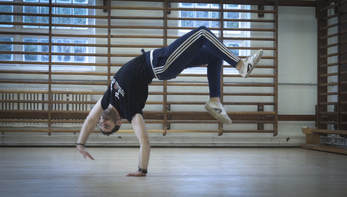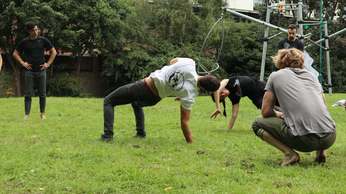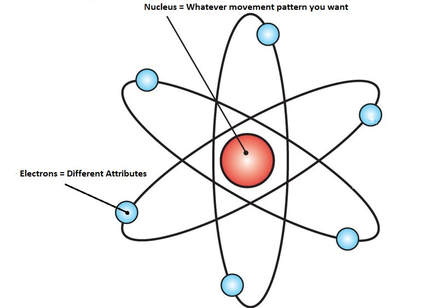Think of the nucleus of an atom as the movement you are trying to learn, let's say a Macaco for example. Now picture the swirling electrons around the nucleus as all of the required prerequisites to perform that movement. Usual suspects here are things like strength & mobility among others. Focusing on those specific prerequisites - "the electrons" will reap huge rewards down the line because you will have spent valuable time increasing those attributes. Not only will they help you achieve the original movement, but also any other manoeuvres that also require that particular strength and mobility. This approach, if applied correctly will set your body up favourably overtime. General Rule of thumb: The more complicated the pattern, the more you want to avoid repeating it incorrectly over and over again with no success. Ingraining terrible habits will take time to break down and re-pattern later. Instead, use this method to "Atomize" the movement as much as possible, then come back to it once you've done the appropriate work. OK, so we've discussed 6 great ways of using time and saving your body in order to avoid having to do extra work down the line. The best thing is, you can start applying these immediately. The more of them you apply, the more their benefits will compound. I will leave you with this quote: “Learning is not attained by chance. It must be sought for with ardour and attended to with diligence.” - Abigail Adams Join my Community List because you'll receive a Free Handstand E-Book and stay up to date with great movement material - www.faridherrera.com/join
Writing by @farid_herrera - 2018 |
Farid HerreraMovement Teacher and practitioner. Archives
April 2019
Categories |



 RSS Feed
RSS Feed